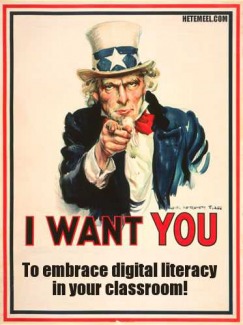
Electronic literature and Donna Leishman's work within this genre of literature is very interesting. I like that her work is geared towards visual learners and requires the readers to solve various puzzles and mysteries. Leishman's work is suitable for all age groups, save young children who might find the images disturbing. I like that in many of her works, such as "Deviant", the goal is not reaching the end, but enjoying the journey and discovering aspects of Shaw's life through hyperlinks. The links allow the readers to take different paths, yet come to the same conclusion.
The one thing tedious about Leishman's work is that it takes a lot of patience from the reader to find the "end" of the story. I found myself getting frustrated while trying to find all of the hidden links in "Deviant". I have yet to find the final page of the story that explains what happens to Christian Shaw, but every time I view the site, I find new links. It is similar to a video game (and is meant to be) but I fear that some readers may lose patience and not stick with the journey until the end.
Electronic literature represents the growing digital literacy of the 21st century. Students are seemingly more attracted and interested in visuals and interactive sites, so interactive narratives are beneficial to education - especially English education. Students in English classrooms can learn how to navigate their way through stories and understand the progression of the story through the use of interactive sites. Also, students can learn how to make connections between visuals and text, and begin to understand how the two can support each other.

